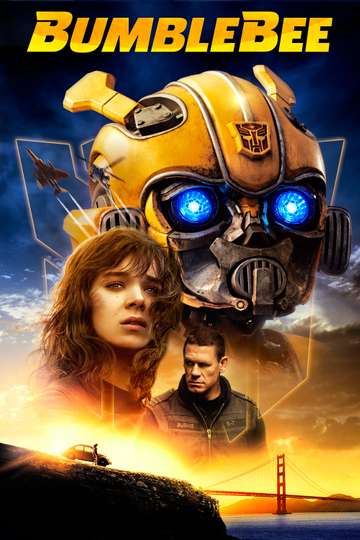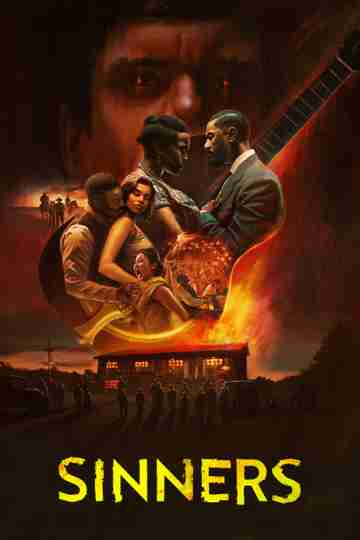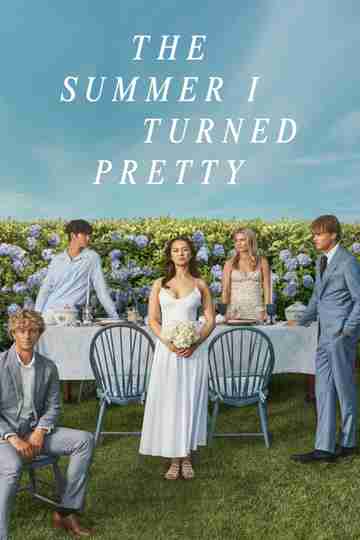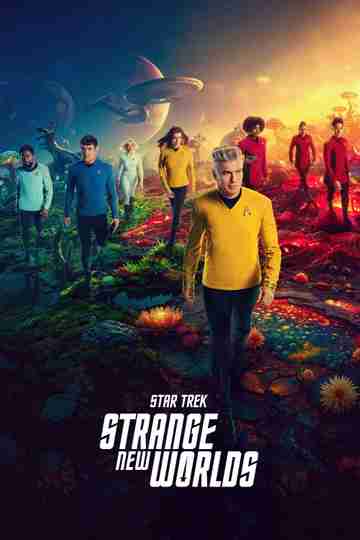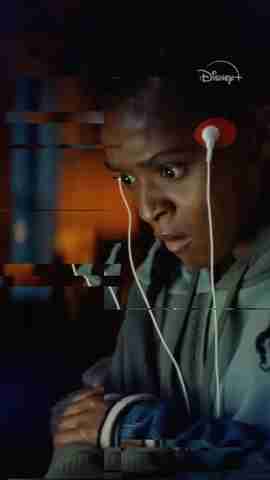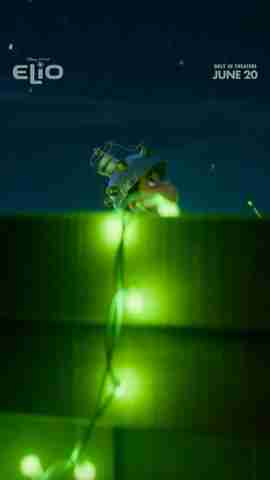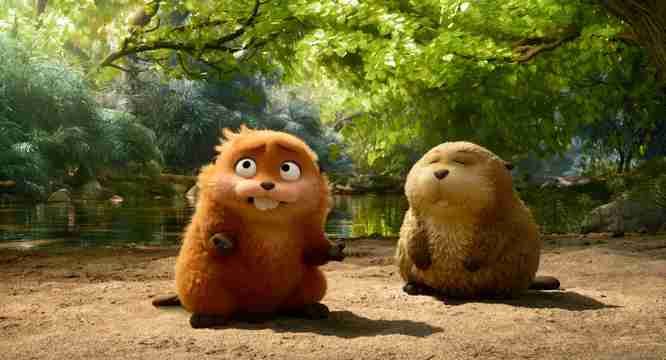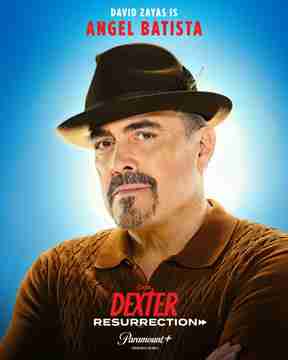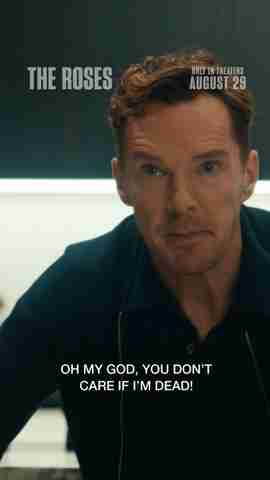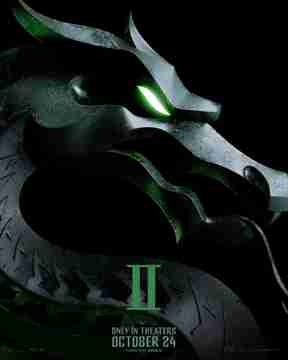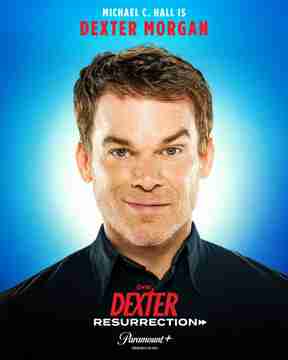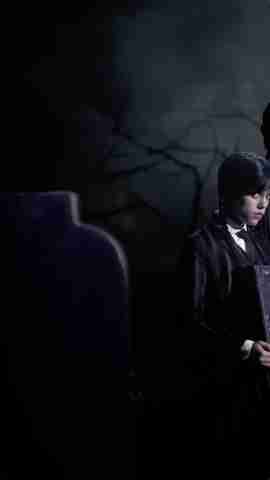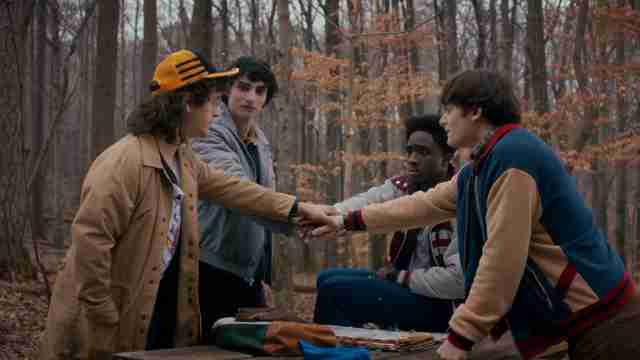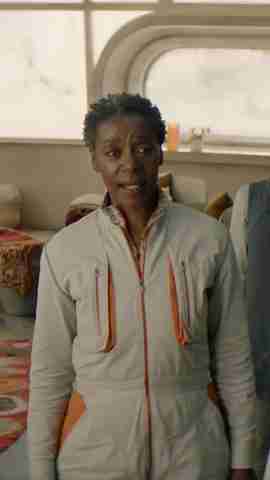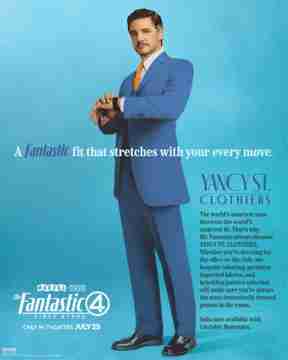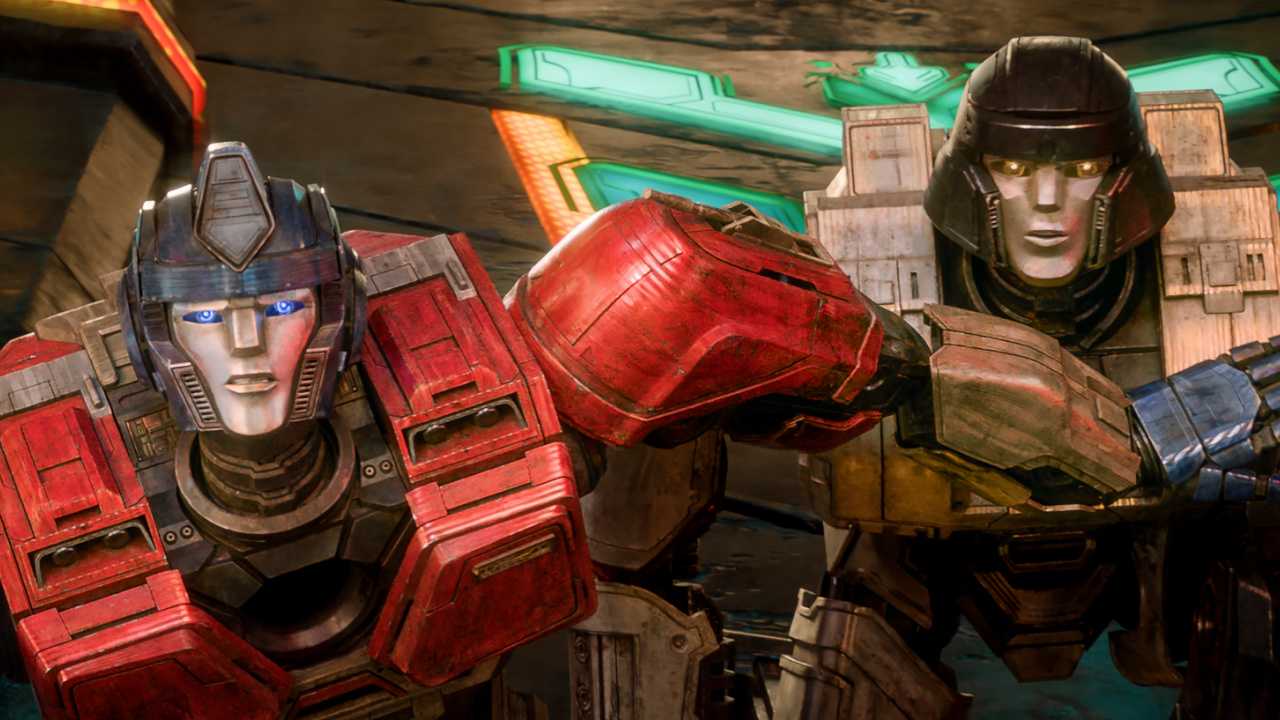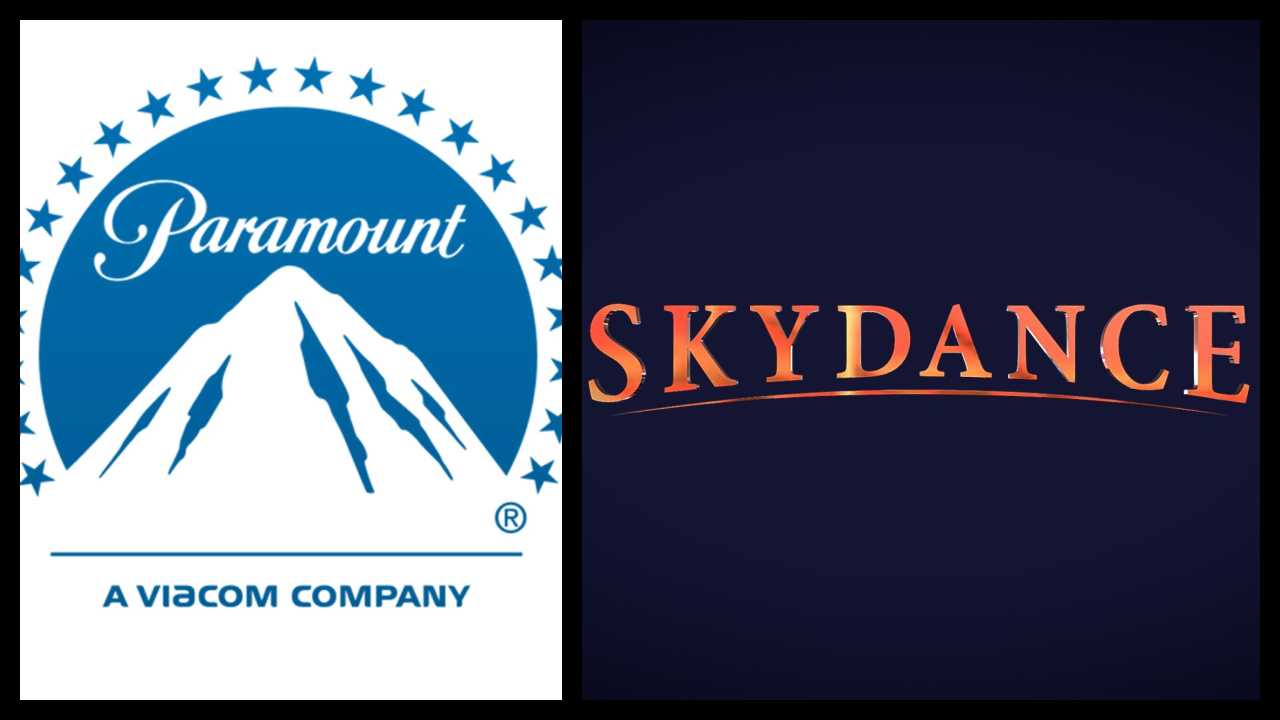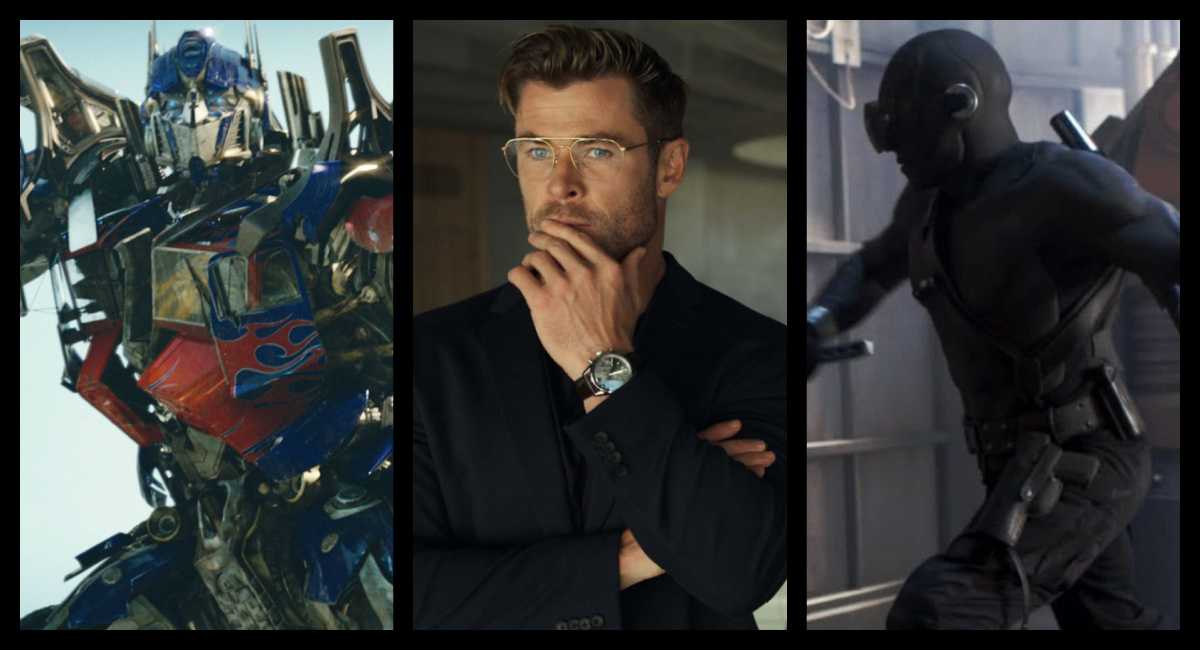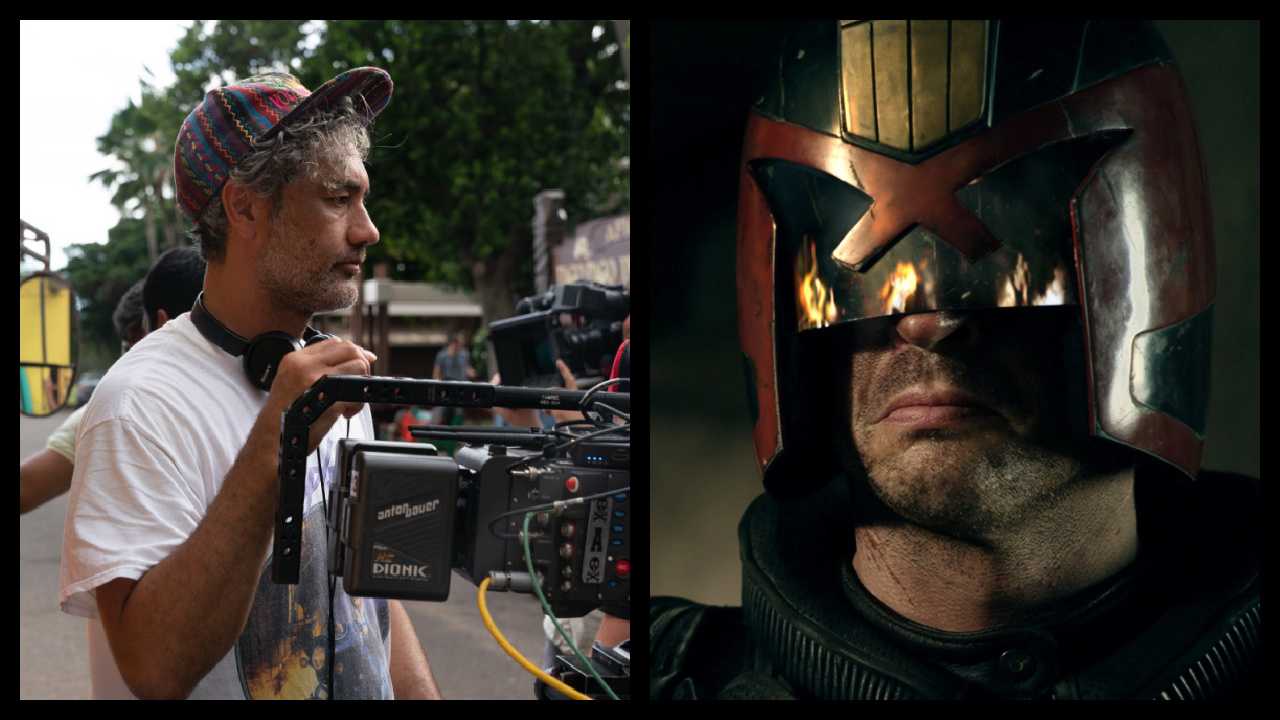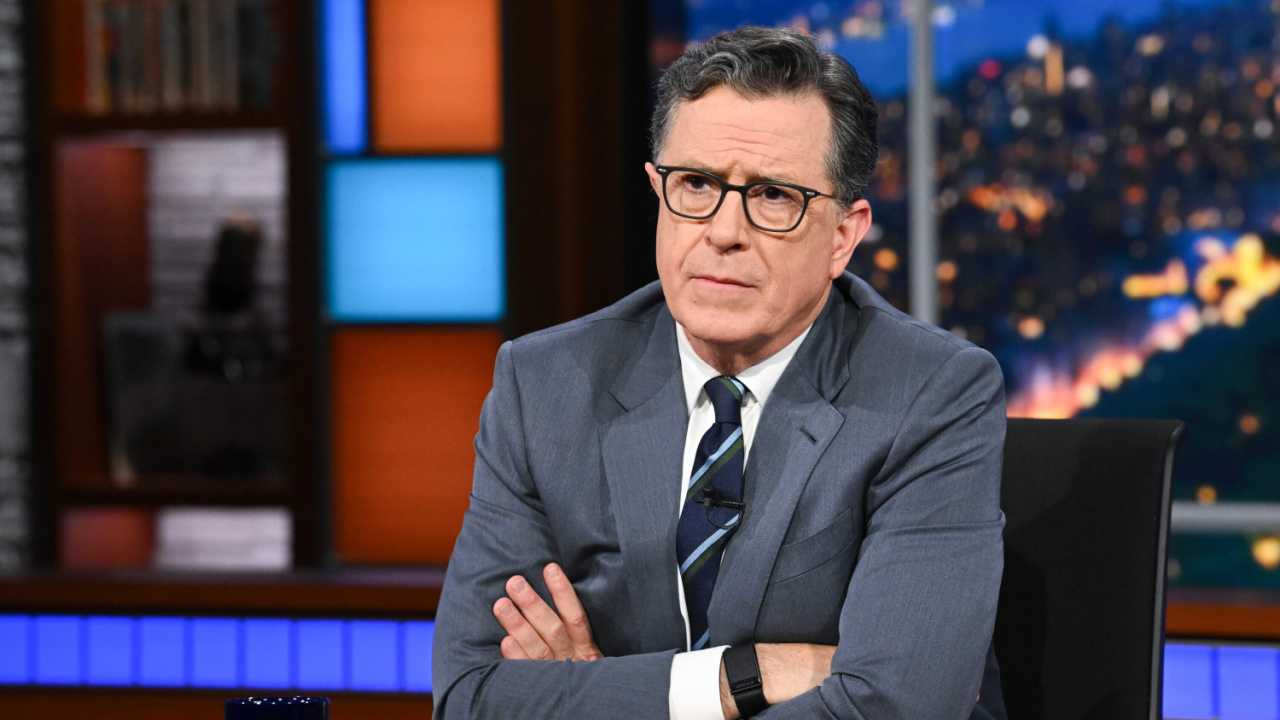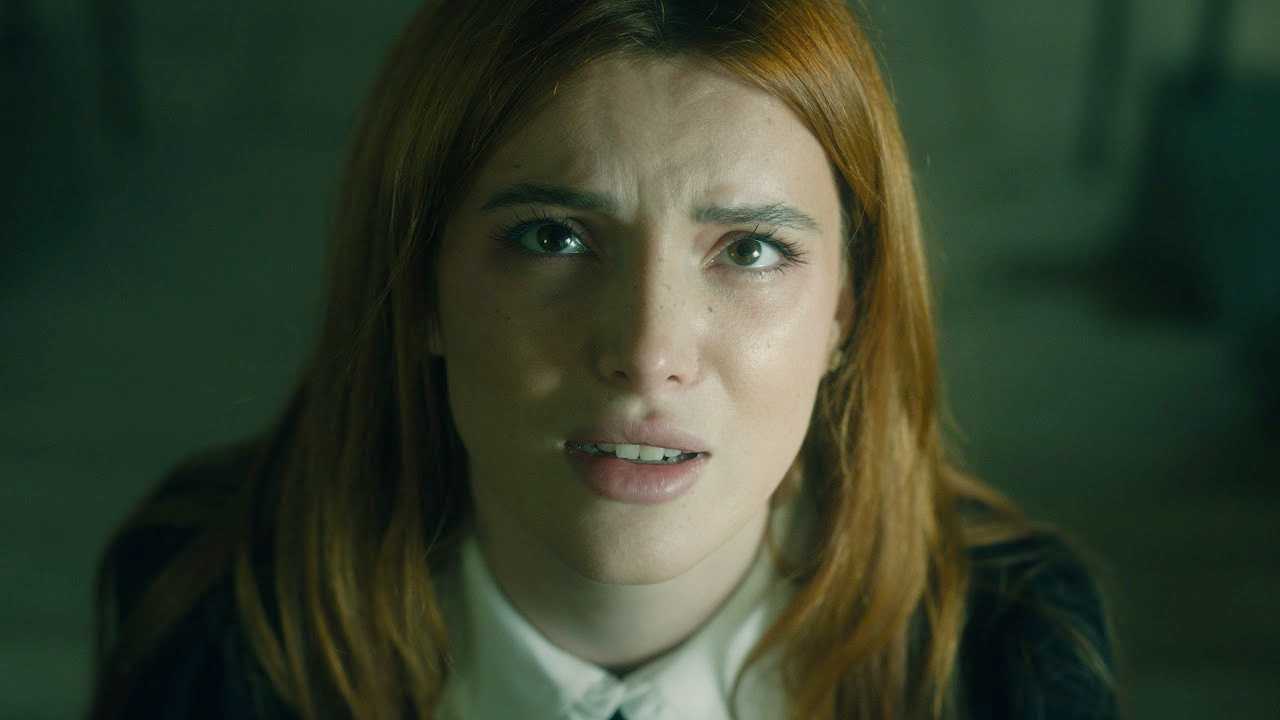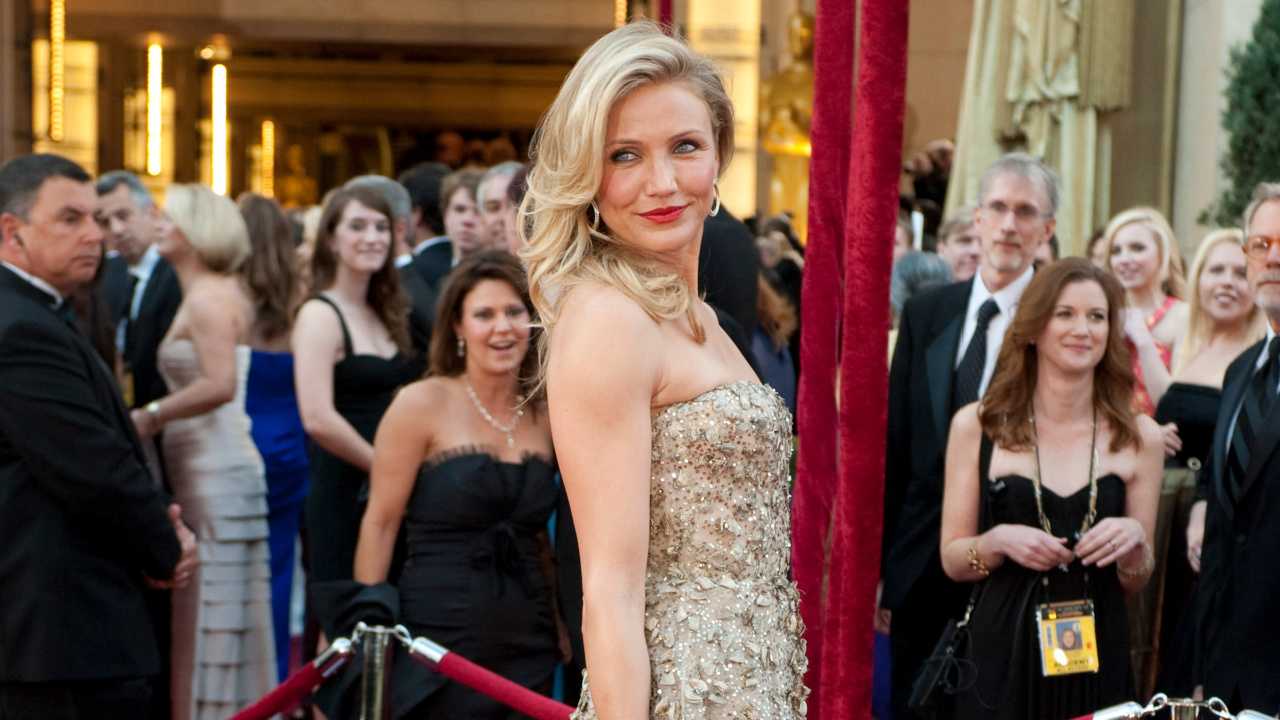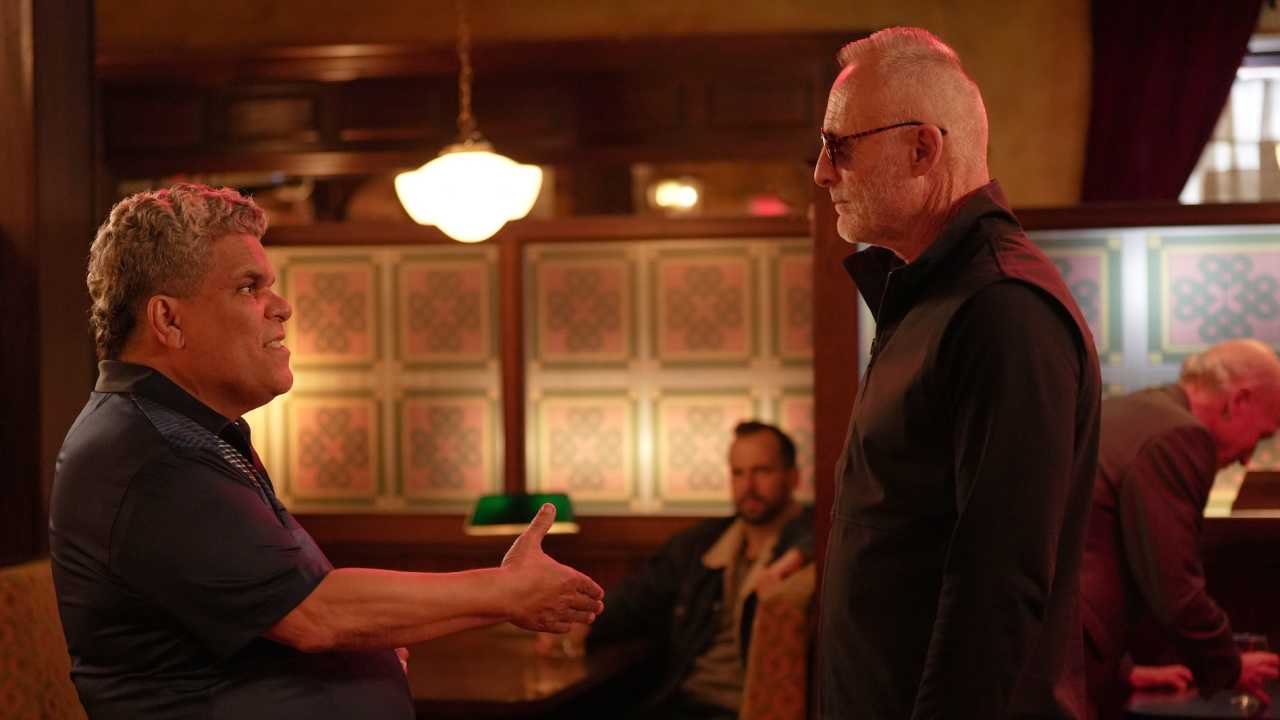'Bumblebee' Director Travis Knight on the Joys of Turning People to Goo
“Bumblebee” was one of last year’s biggest (and best) surprises, a movie that emerged from a tired franchise with inventive set pieces, incisive characterizations, and the kind of emotional dimension rarely felt in modern day action spectaculars. It felt like the most “Transformers”-y movie of all time without being beholden to the franchise’s pre-established (and increasingly cumbersome) mythology. And it was one of the rare Amblin-y movies that felt like it could have actually been made by Steven Spielberg (he’s an executive producer). And much of that franchise-rejuvenating magic fell on the shoulders of director Travis Knight, the first filmmaker not named Michael Bay to take a stab at these movies.
Knight, whose background is as vice president of animation and director at Laika Studios (he previously directed the jaw-dropping “Kubo and the Two Strings”), made his live-action debut with “Bumblebee” and you can tell – he put all the care and finesse that he brings to his stop-motion creations into a giant budget tentpole film. We were thrilled to be able to talk with Knight about his desire to move into the live-action space, monkeying with the “Transformers” timeline, a deleted scene where a dishwasher comes to life and that part of the movie where the bad robot turns people to goo.
Had you been thinking about doing a live action feature before signing on to ‘Bumblebee?’
The short answer is: not really. I was very content to make films in the medium that I’ve chosen and has become my life’s work, which is animation. I love the whole process. I love starting with a blank canvas and breaking out your brushes and creating this whole world from nothing. It’s essentially all of these different art forms that I love, in one. I was very happy to continue to live my life and this chosen way. When people started knocking on my door to potentially direct a live action film, I was intrigued but never really been a burning desire to. I just want to tell stories, beautiful stories in interesting ways. And when this project came along and a while I originally thought they'd make some kind of mistake when they called me up, the more I thought about it, the more interested I became. They want it to take the franchise and all this mythology and go in different directions with it. So the opportunity for me to tell a meaningful story about these characters that I've known and loved since I was a kid -I had Transformers toys. I watched the cartoons, I read the comic books that known these characters and loved them since I was a boy. So to be able to tell a story about these characters that I've loved, applied all of the stuff that I've learned in animation in a medium that I’d never worked in before. It exhilarating and it was exciting. It was also terrifying. But having gone through it and having worked with these extraordinary people, it really was deeply, deeply gratifying. And to have the world responsible so positively. It really does mean a great deal to me.
Was there ever a possibility of having the characters be stop-motion?
[laughs] There would have been no way. We would still be animating on it right now. The process is so slow. But, that said, there is a certain point of view that people working in stop-motion bring to their process. I did bring that to both the live-action process and how we did the visible effects. It's a very stop-motion-esque process in terms of what matters to you, where you put your attention, where you put your energy, what you focus on. That aspect of discipline or organization of intentionality that you have to have working in stop-motion I brought to live-action and the visual effects. And I've worked in CG before. I mean every film that I've done, has had CG in it. But the point of view and the types of qualities that I wanted “Bumblebee” to have was essentially born out of working in stop motion.
One great thing about this Blu-ray is the amount of special features. One of them is a Joe Dante-style deleted scene where the appliances come to life. What it was about that scene that appealed to you and then ultimately what the reasoning was behind kind of getting rid of it?
We had this scene early on in the script. It was a “Sorcerer's Apprentice”-type moment where Bumblebee transfers his energon on to some of these appliances is in the house. We boarded it out and it was a lot of fun and but we never got it to work as a finished thing. It's one of those things where you share a work-in-progress with the world and you don't really want them to see it because I'm not done. But we did a fair amount of work on that sequence and in the end for a variety of reasons, for both tone and for pacing. While on its own, it was going to be a ton of fun, it just didn't propel the movie forward. It stopped the movie in his tracks for essentially this fun little moment and really wasn’t about our characters or their or their experiences, their growth or their relationship really.
And working in stop-motion, things never would have gotten that far. You can’t really shoot any coverage; every single frame goes into the film. You’ve worked out those ideas in a really detailed manner when you are storyboarding it. In live-action, it’s reductive. You shoot something, and you winnow it down. In stop-motion, you're building things up. In stop-motion you start with nothing and then you create the world.
So there's a lot of stuff that I loved that ended on the cutting room floor, not because it wasn't worthy but because it didn't enhance the film or the story that we were telling -- about the emotions, about themes, about the characters. And so it just had to go. There’s a lot of stuff that we ended up cutting out that no one will ever see that I love for various reasons, but it was outside of the story that we were telling and that was one of them.
What about the mythology the “Transformers” films had already established? This is the first time Bumblebee has been on earth and just one movie earlier we saw him killing Nazis in World War II. What was your thinking behind wiping the slate clean?
Continuity is very important to me, as is being consistent. And so I did take a good hard look at the films that had been done in the past. And as we were thinking about this movie, I still wanted to move to be self-contained. I didn't presuppose any familiarity with the films or the franchise. I wanted someone who wouldn’t know anything about the Transformers to be able to sit in the theater to watch this movie and have a good time and enjoy the movie, not knowing anything about the transformers. But that said, it was important to me that if we were living within this universe and this mythology that it be consistent. At some point we realized that we were essentially boxing ourselves into a corner -- that we were, we were making choices that weren't really in the best interest of the film if we were trying to kind of sit within the overall mythology of the franchise.
Once I talked through some of these things with the producers and with the folks at Paramount, at some point we made the decision that this was the story that we're telling and we have to talk the best where we can. And if that means that we essentially are restarting the franchise and that means we’re rebooting these characters and they were taking aspects of the franchise and putting a different prism on it, then that's what we had to do. And ultimately it was a liberating choice because then we weren’t cornered into these decisions based on what had come before. We could tell our own story. And that that was the aspect of that.
Onto maybe the most important question you've ever been asked: when did you decide to have the bad Transformer turn people into goo when he shot them? Because that is just one of the greatest things in this movie.
[laughs] Well, we wanted to showcase how much of a threat that our baddies and that if Charlie or Bumblebee some face-to -ace with these antagonists, they are in very big trouble. We wanted to show right away that these characters are a real threat. However in keeping with like you said, some kind of Joe Dante, family, Amblin-y vibe, you try not to be grotesque. We still wanted this to be a family movie. And so even though what the Decepticons do to people is horrific, there's still a comedic element to it. It’s still kind of fun, even though it's gross and awful. You can watch it and give you a little bit of a smile on the corner of your mouth. But that was the idea -- it wasn't horrific and grotesque, that that it was communicated what we want to but, in a family-friendly way. I will say that when we shot that stuff practically, people would get it all over their shoes. It was disgusting.
“Bumblebee” is on Blu-ray and digital HD now.
